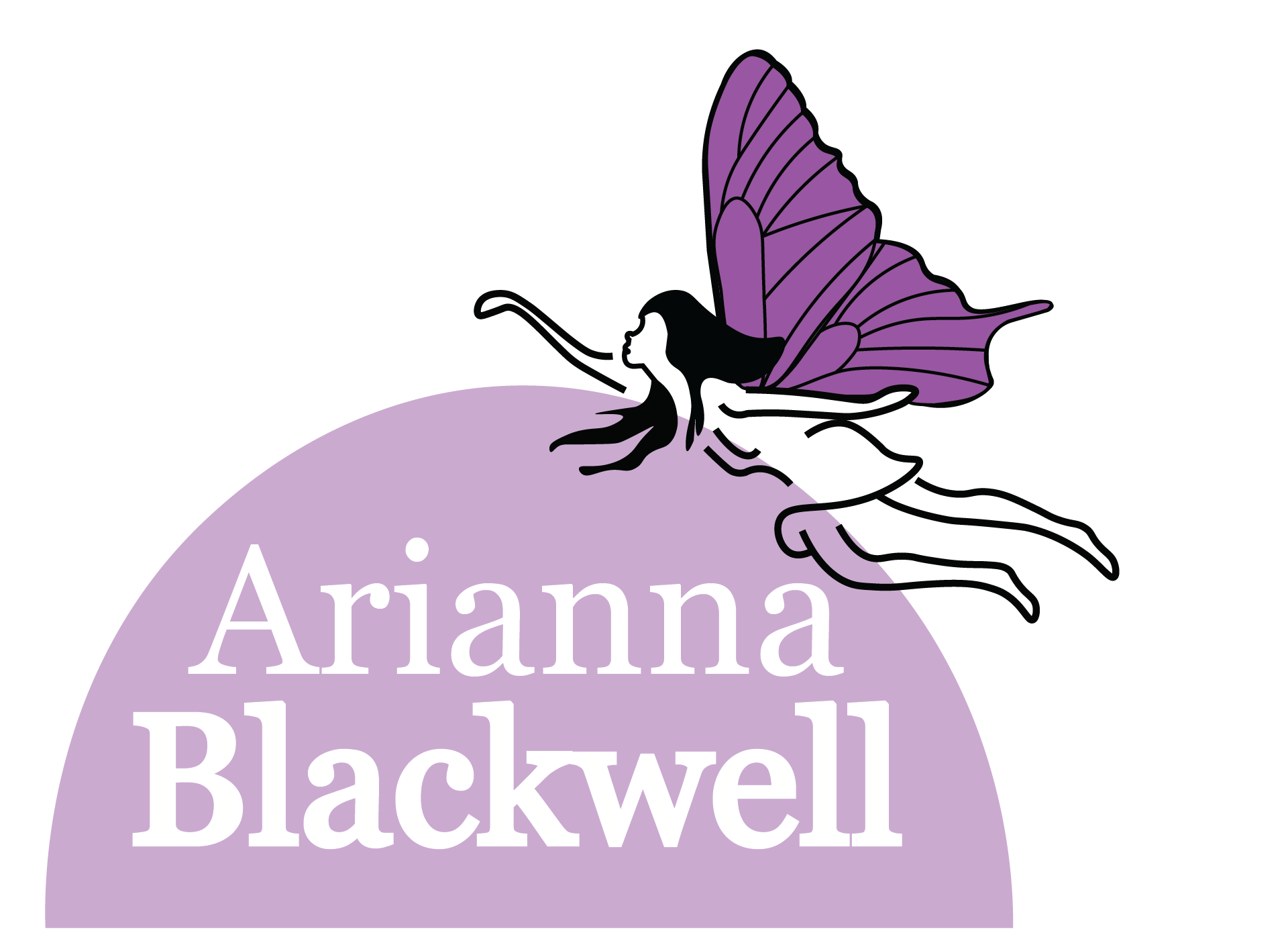Blue Thistle Content is an in-house marketing agency that focuses on providing a variety of organic content for its clients.
For this client, I was tasked with researching and writing tips on how to draft a professional email. I used my time being mentored on this exact topic to give me the insight I needed on how things are typically conducted and what methods would be best practice.
It was important that I used the exact formatting the agency uses for their articles and include two internal links and one external. This part was difficult due to a lack of content to go off of, but I found creative and inventive ways to get the job done.
H1: 5 Tips for Drafting Professional Emails
Intro: Whether it’s after a first interview or a big meeting, it can be hard to figure out how to best write emails in a professional setting. Learning what to say and how to best write effective responses can be time-consuming, but worth it, in the workplace. You can start writing your emails like a true professional with a few tips and some new habits.
H2: Professional, Yet Personable
A well-written email provides the recipient with a friendly, clear, precise, and actionable message. Making it as brief as possible without leaving out any important information is important. Use short sentences, making sure to leave out any unnecessary filler. This will make your communication more concise and not require a large commitment of the other person to read. Additionally, including things such as a courteous greeting and closing will make you sound friendly and open.
While it can be hard to know what tone to use, always try to go for whatever you feel is the most respectful. Take into account the different components of your interactions, such as how long you’ve known the person and their professional relation to you. When in doubt, be formal but include words or brief exclamations that you feel convey your personality appropriately.
H2: Know Your Audience
There is a large difference between your best friend and your manager. Just like you speak to both of them differently, your email should be different depending on who it is intended for. If you are unsure of how to start a conversation with them, consider their professional relation to you and how you would like for them to view you.
In more professional settings, it is important to use formal language and communicate your understanding thoroughly to avoid miscommunication. If you have any questions, don’t be afraid to let them know. Confidence is important in professional interactions.
H2: Explain Why You’re Writing
There are two main questions you should ask yourself when beginning a professional email. What are you trying to accomplish and how can you communicate your skills in it? By stating your purpose and your role in it, you are building the mental picture of your goal both with yourself and the person you’re writing to.
Make sure to get to the point enough that you aren’t meandering or wasting the time of the person you’re emailing. Be direct, but not so much that you seem rude. If things feel tense and you’re unsure, always be on the side of caution and be overly formal. It is better to be too formal than not formal enough.
H2: Proofread Your Email
Nothing looks as bad in a professional setting as bad grammar, spelling, and missing punctuation. In a professional setting, would you email the same way you talk? If not, you may need to double-check your emails. An error-free email shows diligence and professionalism, both are things employers look for.
Putting your email into a proofreading program or reading it out loud may also help you catch any mistakes that you may make. Ensure that you include all attachments and links that you reference in your email, and that the structure of it makes sense. If you are still unsure, have a trusted colleague or friend look over it to give you an outside perspective. They may find details that you missed in your proofing.
H2: Follow Up
If two to three days have passed and you still haven’t gotten a response, don’t hesitate to send a follow-up email. Oftentimes, employers will get dozens of emails each day. It is possible that your email was lost in the traffic, or sent to spam unnoticed. If the recipient is a busy person, it is more likely that your first email will get lost.
Make sure to stay courteous and professional in your follow-up. Blaming the recipient for missed communications or appearing agitated about it has a chance of pushing the other person away from you. In a professional setting, it is important to be patient and remember that everyone has separate lives outside of the workplace that you don’t know about.
Conclusion and CTA: Email Like a Professional
It is important to know how to act professionally, both in person and by email. While it can be easy to forget your manners, reviewing the above ideas will get you back on track. Now that you know the general etiquette for writing a professional email, test your new skills by applying to jobs on the JobsFuel website today!
Meta Title: 5 Tips for Drafting Professional Emails
Meta Description: Gain confidence by learning how to conduct yourself in a professional email. Learn how to draft a professional email on JobsFuel.
URL Slug: /5-Tips-for-Drafting-Professional-Emails
URL Slug: /5-Tips-for-Drafting-Professional-Emails
